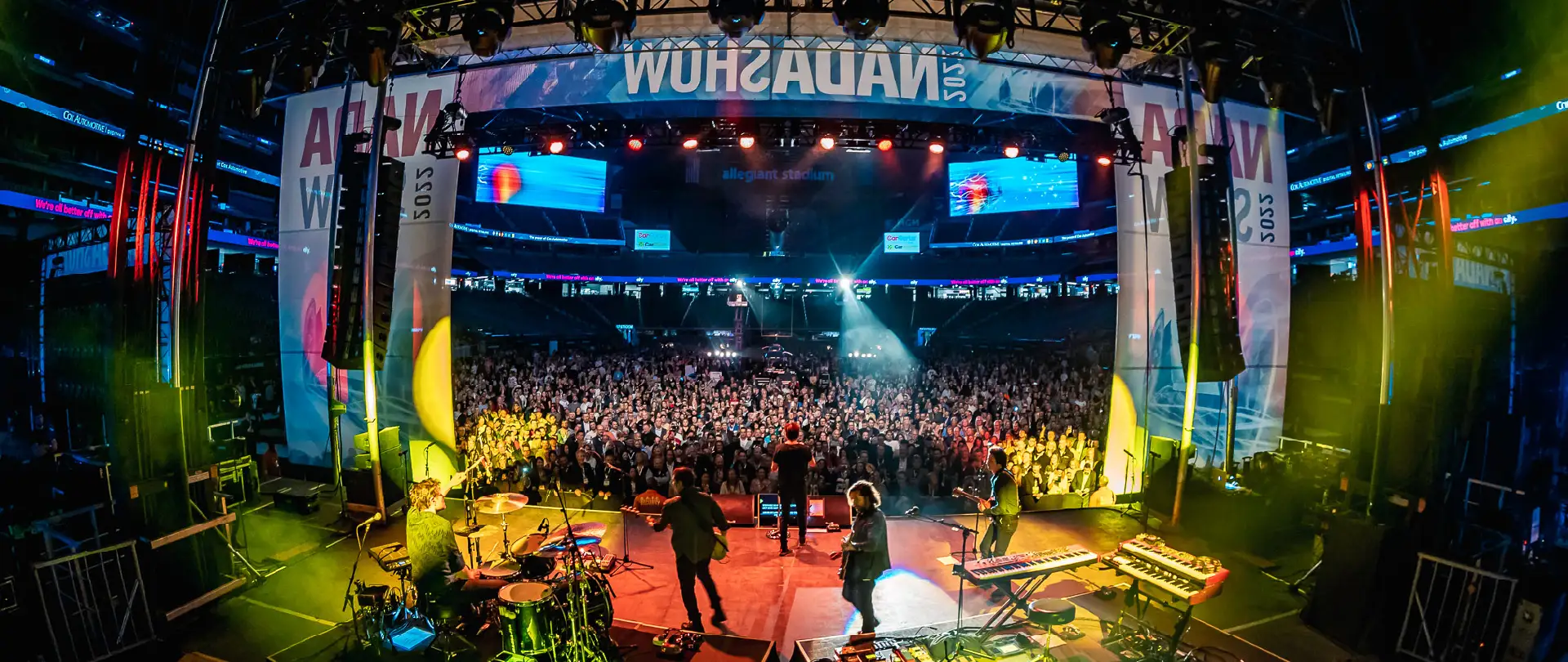Illuminating the Impact of Illumination Techniques on the Art of Film Projection Mapping Techniques
Illuminating the Impact of Illumination Techniques on the Art of Film Projection Mapping Techniques
Blog Article
Video mapping projection is an exciting art form that merges technology and creativity to convert common surfaces into extraordinary sight displays. This method involves projecting images and footage onto three-dimensional elements, such as buildings, sculptures, or platforms. One of the key significant elements in creating effective mapping in the use of effective illumination methods. Proper illumination enhances the visual elements of the display and ensures that the visuals are clear and captivating. This piece explores the influence of lighting methods on video mapping and how they can enhance the overall encounter.
Illumination plays a vital part in video projection because it sets the atmosphere and feel of the display. Different lighting techniques can elicit various feelings and responses from the audience. For instance, using gentle, warm illumination can create a inviting environment, while vivid, cool illumination may produce a more dynamic or intense impact. By thoughtfully choosing light hues and brightness, artists can manipulate how audience interpret the projected images, leading to a more immersive experience. The balance between projection luminance and surrounding illumination is crucial, as it can greatly affect the visibility and effect of the images.
In addition to, color and intensity, the direction of illumination also influences the efficacy of projection. Lighting from different directions can generate contrast and accents that introduce dimension to the mapped visuals. This method, discover this known as light and shadow, can improve the three-dimensionality of the subjects being projected. Additionally, using dynamic lights can introduce dynamism to the display, making the experience more engaging for the audience. When the light collides with the projected images, it can produce an effect of motion and change, capturing the audience's focus.
Another important element of illumination in projection is the use of special features. Methods such as patterned illumination, which employs patterns and forms to filter light, can add texture and complexity to the projections. This next approach enables artists to layer images and create visually stunning effects that enhance the projection. Additionally, adding lasers or light-emitting diode lights can further enhance the exhibit, providing a unique blend of sight components that attract the viewers in. These unique features, when used carefully, can transform the mapping into a basic show to an immersive work of art.
In summary, the impact of lighting techniques on motion projection is profound. By understanding how different lighting elements connect with projected images, artists can create captivating encounters that connect with viewers. The thoughtful choosing of hue, intensity, direction, and special features allows for a vivid canvas of sight narrative. As tech continues to evolve, the options for artistic showcasing in projection will only grow, making lighting an ever-important component in this innovative art medium.